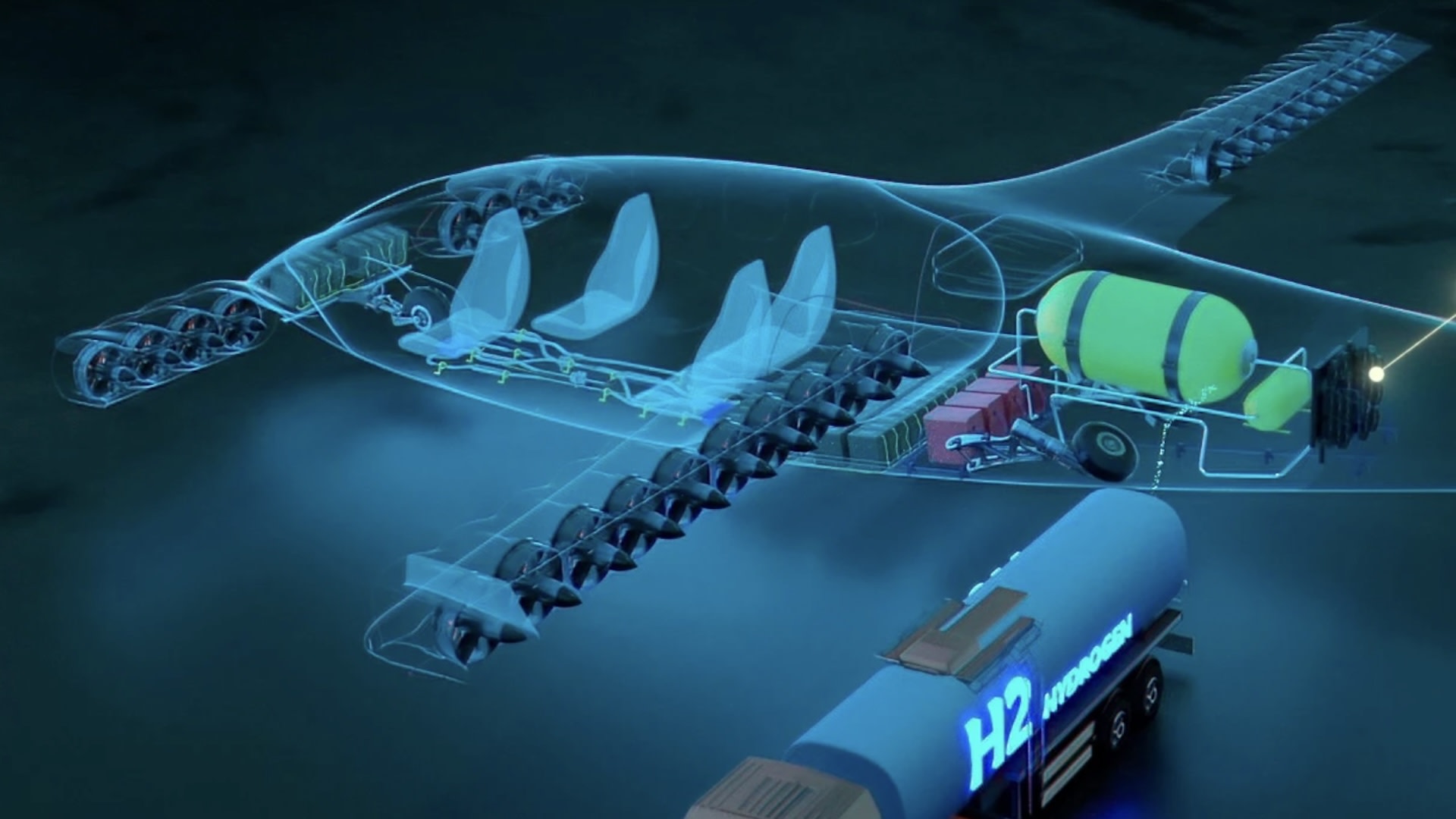Revolutionizing Aviation: From eSTOL Aircraft to Supersonic Hydrogen Jets
Key Ideas
- Aerospace companies like Electra are testing hybrid-electric short takeoff and landing (eSTOL) aircraft, drastically reducing runway length and emissions.
- Helios Horizon has demonstrated the capabilities of electric planes by reaching record altitudes using only 60% battery, with plans to achieve even higher flights.
- Designer Oscar Viñals envisions a hydrogen-powered supersonic jet, the Sky OV, cutting travel time between London and New York in half, showing potential for future innovations.
- Startup Radia introduces the 'world's largest aircraft' to transport gigantic wind turbines, aiming to expand wind energy collection across the country.
The aviation industry is undergoing a remarkable transformation driven by a commitment to environmental sustainability and technological advancement. With the aim of reducing emissions, aerospace companies like Electra are pioneering the development of hybrid-electric short takeoff and landing (eSTOL) aircraft. Their EL-2 Goldfinch has demonstrated the ability to operate in under 170 feet of runway, a fraction of traditional requirements. Similarly, Helios Horizon is showcasing the potential of electric planes with their high-altitude test flights using minimal battery capacity, hinting at a future where electric aviation can reach new heights.
In a bold and creative move, designer Oscar Viñals has conceptualized the Sky OV, a wingless, supersonic jet powered by hydrogen. While this design may be more futuristic, it highlights the exciting possibilities for reducing travel time and emissions in the aviation industry. Additionally, Radia's unveiling of the 'world's largest aircraft' for transporting wind turbines signifies a synergy between aviation and renewable energy, aiming to enhance wind energy production across various regions.
The story of innovation in aviation is not only about environmental consciousness but also about pushing the boundaries of technology and design. As these groundbreaking concepts and projects evolve, they pave the way for a more sustainable and efficient future of air travel, offering exciting prospects for both the industry and the planet.
